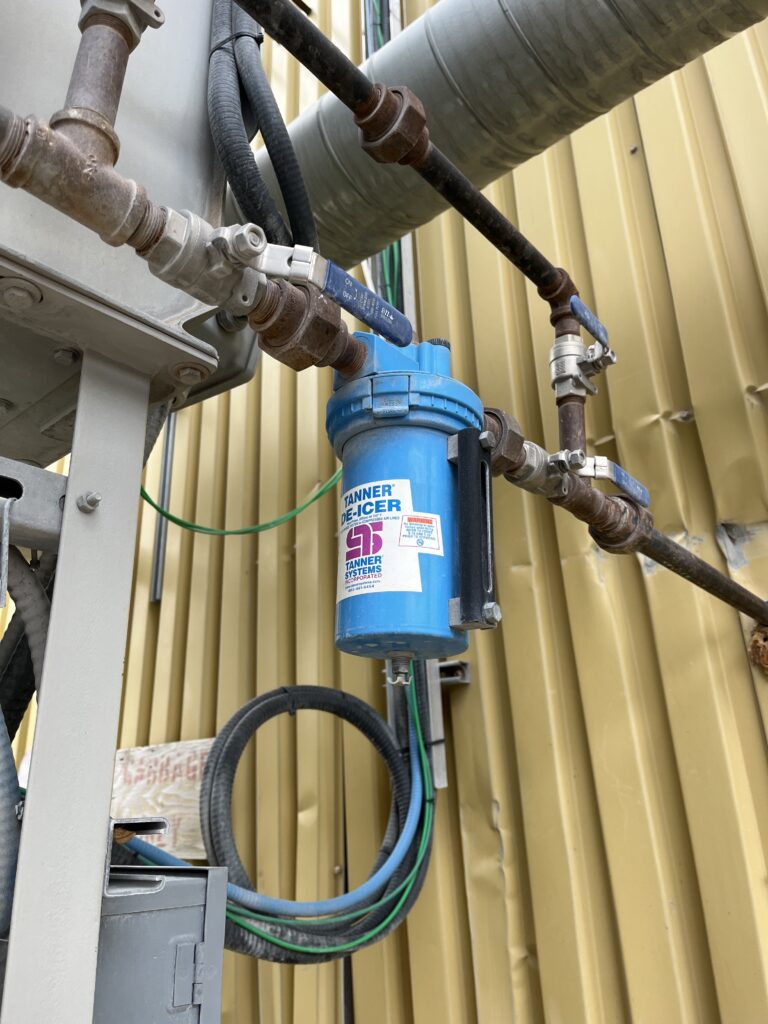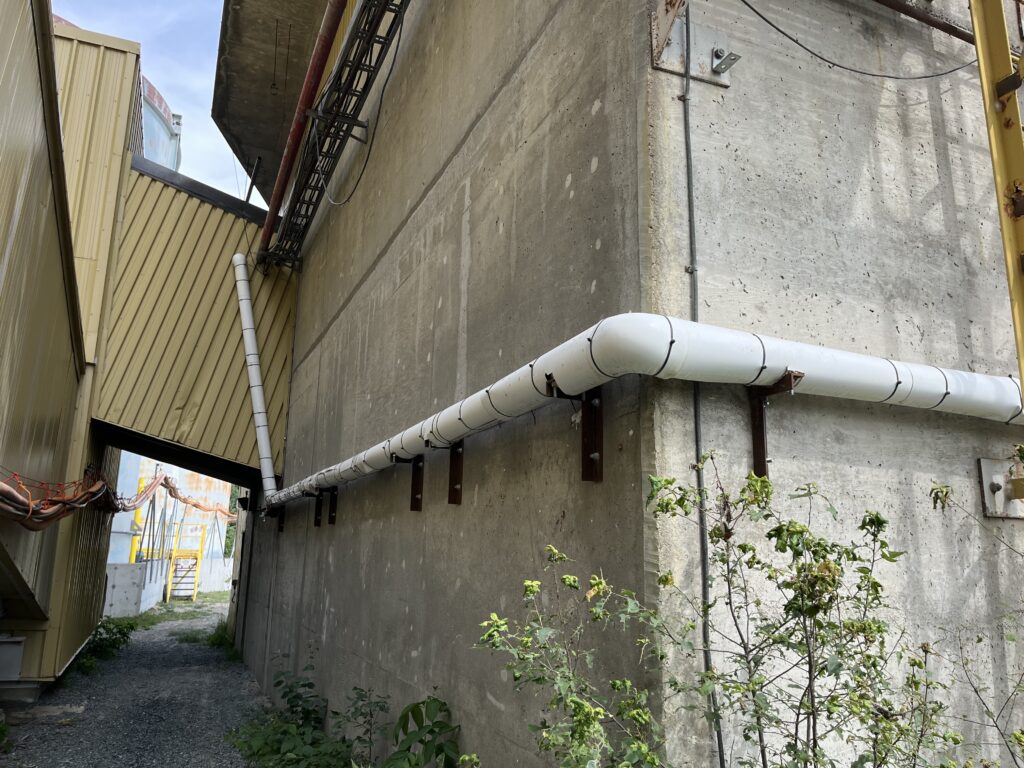Preparing an industrial compressed air system for cold winter conditions is essential to ensure reliable operation, prevent equipment failures, and avoid costly downtime. Cold weather introduces unique challenges, such as moisture buildup, freezing, and increased system stress — all of which must be addressed to keep the system running efficiently. Proactive preparation can safeguard your equipment and maintain optimal performance throughout the season.

One of the concerns in winter is managing condensate and drainage. Although cold air holds less moisture, condensation can still form inside the system when air cools as it travels through the compressor and lines. Make sure that all drains — whether manual or automatic — are functioning properly to prevent moisture from accumulating and freezing in pipes. In particularly cold environments, heat-traced or insulated drains may be necessary to avoid freezing blockages. Proper moisture management will help maintain steady airflow and protect your equipment from damage.
Dryer performance is also critical in winter weather, as both desiccant and refrigerated dryers may behave differently in colder temperatures. Ensuring that these dryers are operating properly will help maintain dry air and prevent ice from forming in the lines. Additionally, the system’s dew point must remain below the ambient temperature in colder areas of the plant, ensuring that no moisture condenses or freezes within the pipes or components.

Exposed pipes and air lines require additional protection during the winter months. Insulating pipes can prevent freezing and maintain consistent air temperature throughout the system. For critical areas, installing heat tracing systems may offer extra protection, especially where pipes are exposed to outdoor conditions.
Another important aspect is maintaining the temperature of the compressor room. A warm environment ensures that compressors, dryers, and other equipment continue to operate without freezing. Heaters or air curtains may be necessary if ambient temperatures drop too low, and intake vents must be clear of snow and ice to maintain proper airflow.
Remote monitoring systems can provide real-time feedback on performance, particularly in hard-to-access areas prone to freezing. A comprehensive system inspection before winter arrives will help identify potential issues, allowing for preventive maintenance and reducing the risk of breakdowns.
By carefully managing moisture, optimizing dryer performance, insulating critical components, and conducting routine maintenance, compressed air operators can ensure their systems run reliably and efficiently all winter long.
Filed Under: Air Compressors, Air Preparation, Components Oil Coolers, Compressed Air Technologies, Engineering Basics, Pneumatic Tips